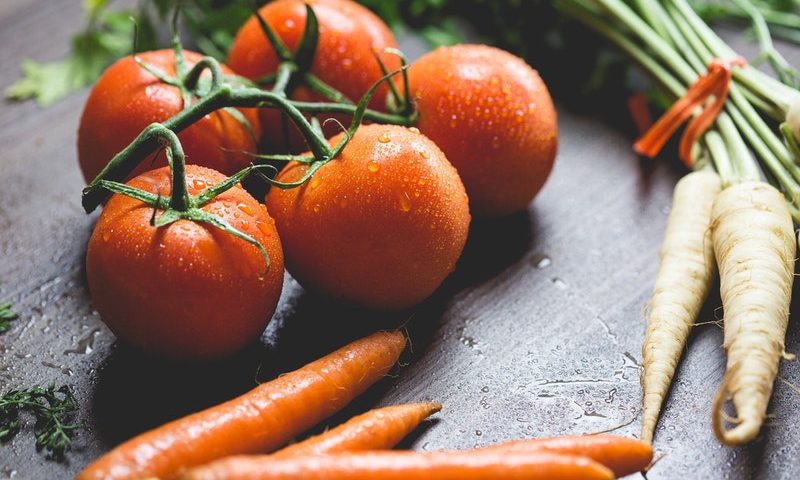Self-monitoring is a behavior tool that can help you manage your weight and gain health. It is especially handy when making changes to your diet and ensuring you eat a healthy balance of nutrient-rich foods.
There are many choices you can make in your diet. With so many foods available to choose from, it’s important to make the right choices from each food group.
Four Main Food Groups
The four main food groups in a balanced diet are:
- Fruits and Vegetables
- Meats and Proteins
- Dairy
- Grains
In part 1 of this two-part blog series, we’ll talk about fruits, vegetables, meats and proteins. In part 2, we’ll go over dairy products and grains.
Fruits and Vegetables
Fruits are low in calories, high in fiber and packed with essential nutrients. They can also be considered a healthy source of carbohydrates and are sweetened naturally as opposed to being filled with added sugar.
- Nutrition recommendations include two cups of fruit per day.
- Fruit can be fresh, frozen, canned or juiced.
Vegetables are similar to fruits in that they offer tons of fiber, vitamins, minerals and other nutrients while having few calories. In addition to being another source of carbohydrates, veggies also offer a little bit of protein.
- Nutrition recommendations include three cups of vegetables per day.
- Vegetables can be fresh, frozen, canned or juiced.
Quick Tips for Fruits:
- When choosing canned fruit, opt for those packed in their own fruit juice
- When choosing applesauce, get the unsweetened kind. It’s still sweet!
- Calories add up quickly in juice. A healthy serving is half a cup, so try to limit your consumption to the recommended serving size and then switch to fresh fruit.
- Top your cereal with fresh berries
- Have a piece of fresh fruit for your afternoon snack
- Slice bananas on your peanut butter sandwich
- Blend fruit for a tasty smoothie
Quick Tips for Veggies:
- Rinse canned veggies to reduce sodium content
- Add fresh peppers and onions to your scrambled eggs
- Add a side salad to lunch or dinner
- Chop up veggies and serve with a light dip or hummus
Meats and Proteins
Most people don’t struggle to fit meats and proteins into their diet because these are very filling (satisfying) foods. However, if you don’t eat meat, meeting your protein recommendations might be more of a challenge.
Healthy proteins include lean meats, beans, legumes, eggs, nuts and yogurt. Some good sources of protein are:
- Walnuts
- Chicken breast
- Lean ground beef
- Fish (like salmon or tuna)
- Beans (like navy or kidney)
The most challenging part about eating meat is probably finding sources that are high in protein but low in fat. That’s why it’s best to choose skinless chicken, lean ground beef and small amounts of nuts. Many beans are also good for this. A general rule of thumb for eating healthy portions is to make your protein portion size about the palm of your hand.
Want more information about food science and nutrition? Click Here to check out the Obesity Action Coalition’s Living Well Guide which is filled with healthy living tips. We’ll cover Part 2 about dairy and grains in the next post on the Your Weight Matters Blog.






